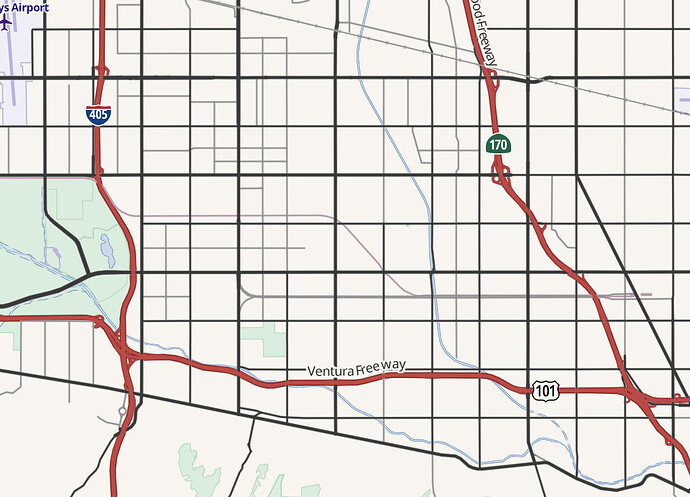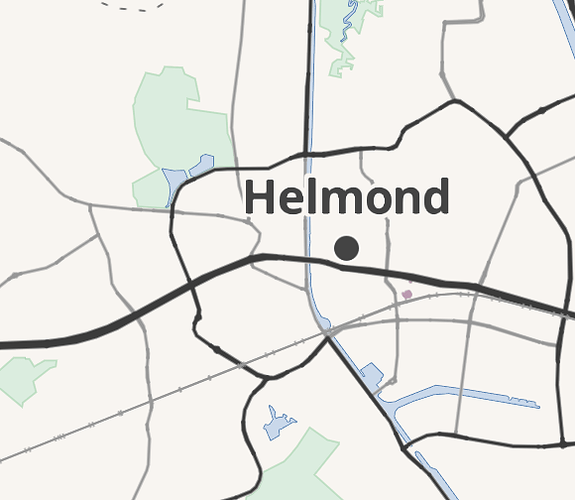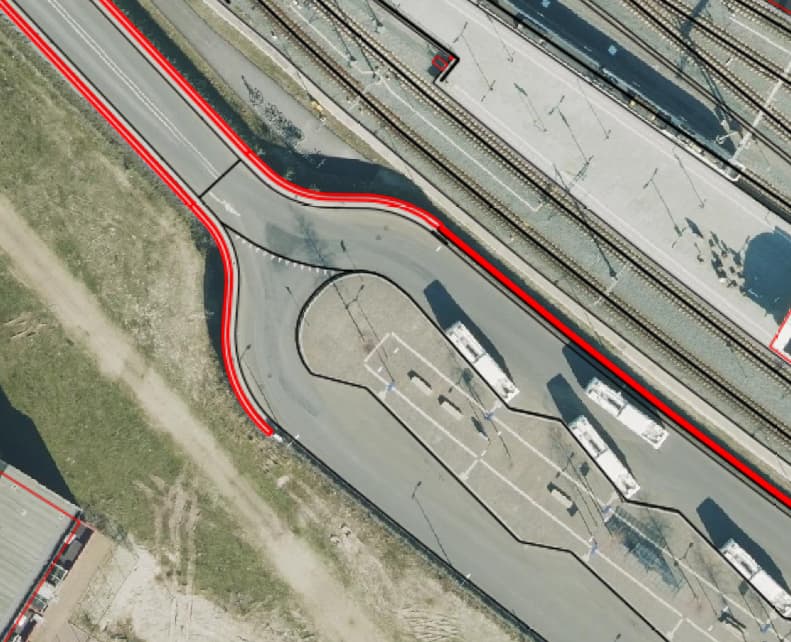Hi, wanted to join in here. First of all, hope y’all had a good popcorn watching the Carto Github discussion, as some mentioned. So given that, I think I probably need to explain a little on my stance here.
As I see it, there are two problems regarding the busways. One is the lack of rendering on the main map style, that makes correct usage of the tag unjustly discouraged. A second one is the current definition of busways on the OSM wiki, that doesn’t seem to match current usage all that well, and feels too restrictive and sometimes even arbitrary to me. I see both as equally important to solve, and in fact, the logical step to me seemed to first get “something” rendered, and once that’s cleared, get a discussion on OSM about the usage of the tag itself. So I tried to get involved in the rendering discussion, that seemed to have stalled without any solution in sight. Well, turned out someone there isn’t really that cooperative even if I tried to break it down into smaller solvable steps. But what I did notice was that quite a lot of the arguments given by multiple people came down to a lack of consistency in the tag usage. Which could possibly be solved by re-evaluating the meaning of the current busway tag itself on OSM, something that I already saw as the other important issue with the busway tag. So instead of getting it rendered and then opening a discussion on tag usage, doing it the other way around might kill two birds with one stone, possibly. And as people must have noticed that discussion, they already opened the discussion here, which is great and shows there’s a good reason to do so.
Before I go into the details of the tag usage itself, I feel it is important to mention: I saw this as an issue before opening the discussion on the carto rendering, so this is NOT an attempt to please a single person that happens to have the power to block rendering the busways. I do agree that is not a good reason to change anything on OSM. But there are legitimate reasons why I’d wanted to see a discussion happen on the busway tag itself, so the need to have this discussion seems to align by chance.
So as I see it, there are multiple issues with the current definition and usage of the busway tag on OSM. Almost all of them come down to verifiability and consistency. Some are more important than others.
The most major one is the BRT-requirement according to the wiki.
For one, part of the justification of why a separate tag was needed, was that busways are in fact not at all service roads. Well, this is also true for non-BRT-busways just as well. And indeed, basically all explanations on the wiki page are true for normal busways as well, apart from the first three sentences that specifically talk about BRT. And yes, even the tag itself points to it being valid for all busways, otherwise it should have been highway=brt or something similar.
Second, there’s the fact that BRT isn’t a universal concept around the world. It doesn’t literally translate into a lot of languages, for example the French “BHNS - bus à haut niveau de service” and Dutch “HOV - hoogwaardig openbaar vervoer” translate to “high quality bus service”, not necessarily “bus rapid transit”. That difference matters, as the requirements to qualify as BHNS/HOV are usually quite a bit lower than what is widely regarded as BRT. But that doesn’t mean they aren’t worthy of being on the map in the same way as BRT, as they do serve a very similar purpose in their respective cities’ public perception and are almost equally as visible on the ground. But even then, say you could include regional variations/translations of BRT to the tag definition, this still doesn’t solve the issue, it just moves the cut-off point a bit further. The BRT requirement, even if expanded a little, just lacks a good verifiable and around-the-world-usable definition. Some systems might not meet the criteria but might call themselves so, other systems might not call themselves anything special but might make use of infrastructure that very much resembles actual BRT-busways. Sometimes there might even be very high quality busways that meet everything except they just have almost no service run on them, and hence aren’t BRT or anything else.
Which is actually the real issue: we’re trying to define physical infrastructure by the services that are run on it. But those services, that’s where route relations are for. Instead, we need to go back to the basic principles on OSM. What’s verifiable? What’s physically on the ground? If you do the duck test, it is clear that the amount and quality of services aren’t the thing that defines a busway. Instead, it is, wait for it… a “bus way”, in other words “a way for buses”. If this concept is applied, everything becomes much more verifiable and consistent, regardless of language, country, required service levels etc. A BRT-busway really doesn’t differ all that much from a BHNS-busway or a normal serparated busway: they all are physically separated bus roadways that can carry tons or just a few buses an hour. The main difference between normal busways and BRT-like busways isn’t in the busway itself, it’s in the services and possibly the bus stop/station amenities, but all of those are mapped with different features. But the lanes do look exactly the same, and thus following the verifiability principle “map what’s on the ground” really implies that is the correct way of defining this tag. This way, all those significantly visible bus right of ways in countries that don’t necessarily have a habit of installing true BRT will also be included, which doesn’t even compromise the original idea to highlight BRT infrastructure, it just widens it so it can be used more equally around the world. Which it already does in certain countries, but without getting acknowledged on the wiki.
I do have some other smaller points I’d like to discuss (some of the exceptions listed in Similar infrastructure which have already partly been in discussion here), but given this is already a lengthy post, I’ll leave them for a little later. For now, I’d like to hear, do you agree on the basic principle to go for a better verifiable definition that simply maps what’s actually on the ground, thus ditching the BRT requirement and just requiring it to be a separate road exclusively for buses? On the wiki, this basically just requires rewriting the first three sentences.



